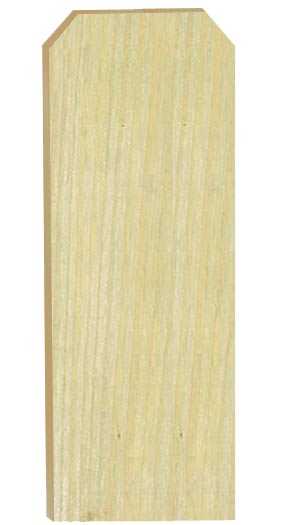



The most commonly available dimension lumber sizes are 2×4 through 2×12. The Nominal and standard sizes of lumber can be found in the Voluntary Product Standard PS 20-20 American Softwood Lumber Standard, This standard lists the nominal and minimum dressed sizes for all categories of structural and nonstructural lumber. The length of dimension lumber can range from 6 to 24 feet. Technically, dimension lumber is defined as sawed softwood lumber from 2 to 5 inches (5 to 12.7 centimeters) thick and from 4 to 12 inches (10.2 to 30.5 centimeters) wide. It is the construction lumber commonly used for framing buildings and is often referred to as framing or Dimensional lumber. So now in most places, you should see both the nominal size and the actual dimensions on the label, or other sign, at the point of sales.ĭimension lumber is lumber cut and finished S4S, (surfaced four sides) and is available in standardized sizes. According to the American Wood Council, the National Institute of Standards and Technology permits stores to label lumber with nominal dimensions if the label or other sign clearly states that the size given is a nominal size and states “the actual or minimum measurements.” The size labels now have a new requirement. However, there was one change mandated by the courts. The lawsuits were settled, and it was found that the use of nominal sizes to describe lumber sizes was a long-standing and accepted standard industry practice. Builders, design engineers, architects, lumber buyers, and sellers of lumber are all familiar with the differences between the nominal and actual sizes of lumber. The courts eventually found that lumber sizes are appropriately described in nomina l inches in the US, or in millimeters in other countries. Modern sawing, drying, and planing technologies are much more precise, and the boards can be cut a little smaller than 2×4 inches and still leave the board large enough to dress after drying at 1 ½ inches thick and 3 ½ inches wide.Ī few years ago consumer groups brought several lawsuits against some of the big box stores and a few hardware and building supply chains for false advertising by selling lumber that they maintained, was undersized.
#ACTUAL DIMENSIONS OF A 1X6 FULL#
Today the boards are no longer cut green to a full 2×4 inches. Green southern pine lumber shrinks in width and thickness as it dries, and surfacing removes up to an additional ¼ inch from both dimensions. Originally, (almost 100 years ago), a 2×4 was cut as a rough green piece that was close to a full 2 inches thick and 4 inches wide, but by the time the boards were dried and planed the boards became smaller, approaching the now standard 2×4 dimensions of 1 ½ x 3 ½ inches in size. The actual measurements are the final dried and surfaced size. The simple answer is the nominal measurements were derived from a board’s size before it has been dried and planed smooth (surfaced) on all 4 sides. Why are the nominal dimensions of lumber larger than the actual dimensions? This is a well-established industry practice. The reason for the differences is because lumber sizes are traditionally given in their nominal size. The first dimensions are its nominal ones, the second measurements are its actual or minimum dressed sizes. Why isn’t the 2×4 at the lumber yard 2 inches thick and 4 inches wide? The 4×4’s are 3 ½ x 3 ½ and the 1×6’s are ¾ of an inch thick and 5 ½ wide. To the novice do it yourselfer softwood lumber sizes can be hard to understand. In some of the larger timbers, like the 2x8's, 2x10's, and 2x12's, we also stock longer lengths (some up to 24'), since these are often used as rafters or for floor joists, where longer is usually better.Author The SPIB Team Softwood Lumber Sizes The length of the boards is generally exactly what you order, though we usually only stock pieces of even lengths. In this case, the planing is necessary for a smoother surface, so that the board could be used for interior applications. A 1圆, for example, actually measures 3/4" x 5 1/2". Instead, a 2x4 is really only 1 1/2" by 3 1/2". Because of this extra milling, a 2x4 no longer measures a full 2 inches by four inches. Now, most timber is milled and planed to give it a little more of a finished look, and a little more of a consistent size and profile. In the past, when a timber was called a 2x4, it actually measured 2 inches by 4 inches. An important thing to know is that with most any dimensional lumber, there is a difference between what the board is called, and what it truly measures. What we stock is a framing grade of spruce in an assortment of sizes and lengths. "Dimensional" lumber is the general name for framing lumber.


 0 kommentar(er)
0 kommentar(er)
